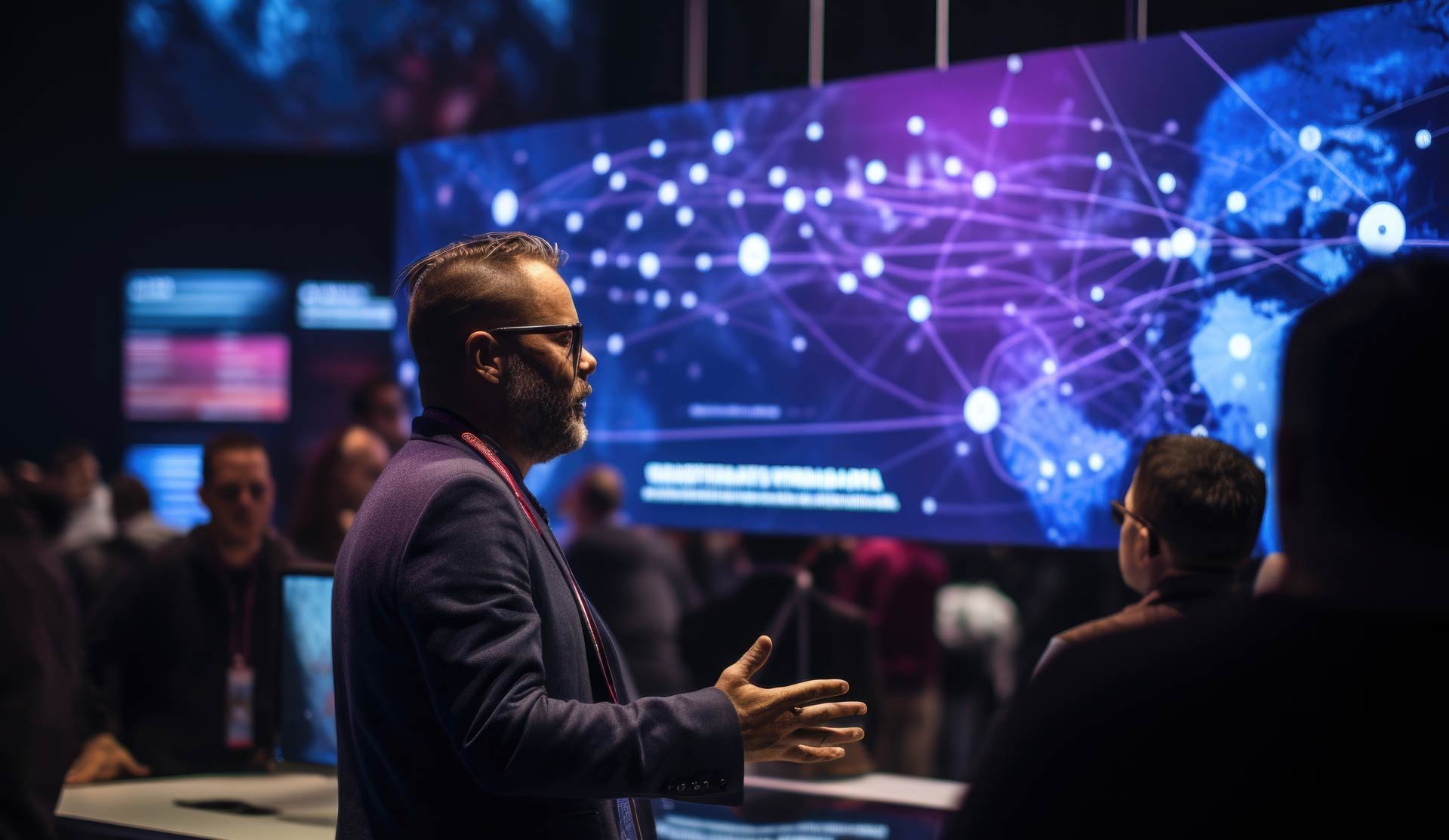LED wall units have secured traction for their capacity to deliver crisp visuals in various settings, from professional environments to entertainment venues. One of the most significant aspects of these systems is their interface capabilities, which allow users to connect them to multiple devices and systems. Comprehending the broad input options available for LED wall panels is essential for maximizing their use and effectiveness. This article explores these options, highlighting how they can adapt to specific needs and preferences.

One common interface method for Light Emitting Diode wall panels is HDMI. HDMI is broadly recognized for transmitting crisp video and audio streams between devices. This connection type is especially beneficial in business settings, such as meeting spaces or training rooms, where presentations or video content are often shared. By using digital connectors, operators can easily link laptops, projectors, and streaming equipment to Light Emitting Diode wall panels, ensuring a clear and dynamic presentation of information.
Another popular connectivity method is Display Port, which is similar to HDMI but offers enhanced benefits. DisplayPort can support higher refresh rates and display outputs, making it an ideal choice for interactive media or graphic-intensive applications. For those using Light Emitting Diode wall panels in settings where output quality is critical, such as esports arenas or creative workspaces, Display Port can provide the required visual quality. Additionally, many contemporary computers and graphics cards include Display Port connections, making it a convenient option for tech-savvy professionals.
In contrast to High-Definition Multimedia Interface and Display Port, cordless transmission options are becoming increasingly prevalent in Light Emitting Diode wall panel solutions. Cable-free interfaces allow users to share content without the requirement for physical cables, promoting a streamlined and more adaptable configuration. Platforms such as Wi-Fi and Bluetooth enable users to connect smartphones, tablets, and laptops seamlessly to Luminescent Diode wall panels without tangled wires. This versatility is particularly advantageous in dynamic settings like exhibitions or live functions, where quick adjustments to Visit Website displays are often required.
For larger deployments or more intricate configurations, network connectivity through Ethernet is another viable option. Ethernet links provide a consistent and robust way to integrate multiple Light Emitting Diode wall panels within a network. This approach is suitable for digital signage applications found in shopping malls or airports, where numerous panels may need to display synchronized content across a wide area. By using network cabling and routing hardware, operators can guarantee that all linked panels receive uniform data and content efficiently.
Finally, it's crucial to consider the future of connectivity with technologies such as USB-C and Thunderbolt 3. These next-generation interfaces offer enhanced click site data transfer rates and flexibility by allowing one connector to handle both energy transfer and data exchange. As more systems incorporate these protocols, Light Emitting Diode wall panels equipped with Type-C ports will likely become more prevalent. This shift in integration not only improves the capabilities of LED wall panels but also aligns with the growing trend of minimalism in technology setups by reducing the number of cables needed.
In conclusion, exploring the diverse connectivity options available for LED wall panels reveals many possibilities for operators across multiple fields. From traditional methods like HDMI and DisplayPort to modern wireless solutions and network connections, each pathway serves specific functions tailored to specific needs. Furthermore, next-gen technologies like USB-C promise further advancements in how users interact with Luminescent Diode wall panels. By grasping these integration alternatives, end-users can make informed decisions that enhance their overall experience with these versatile visual solutions.